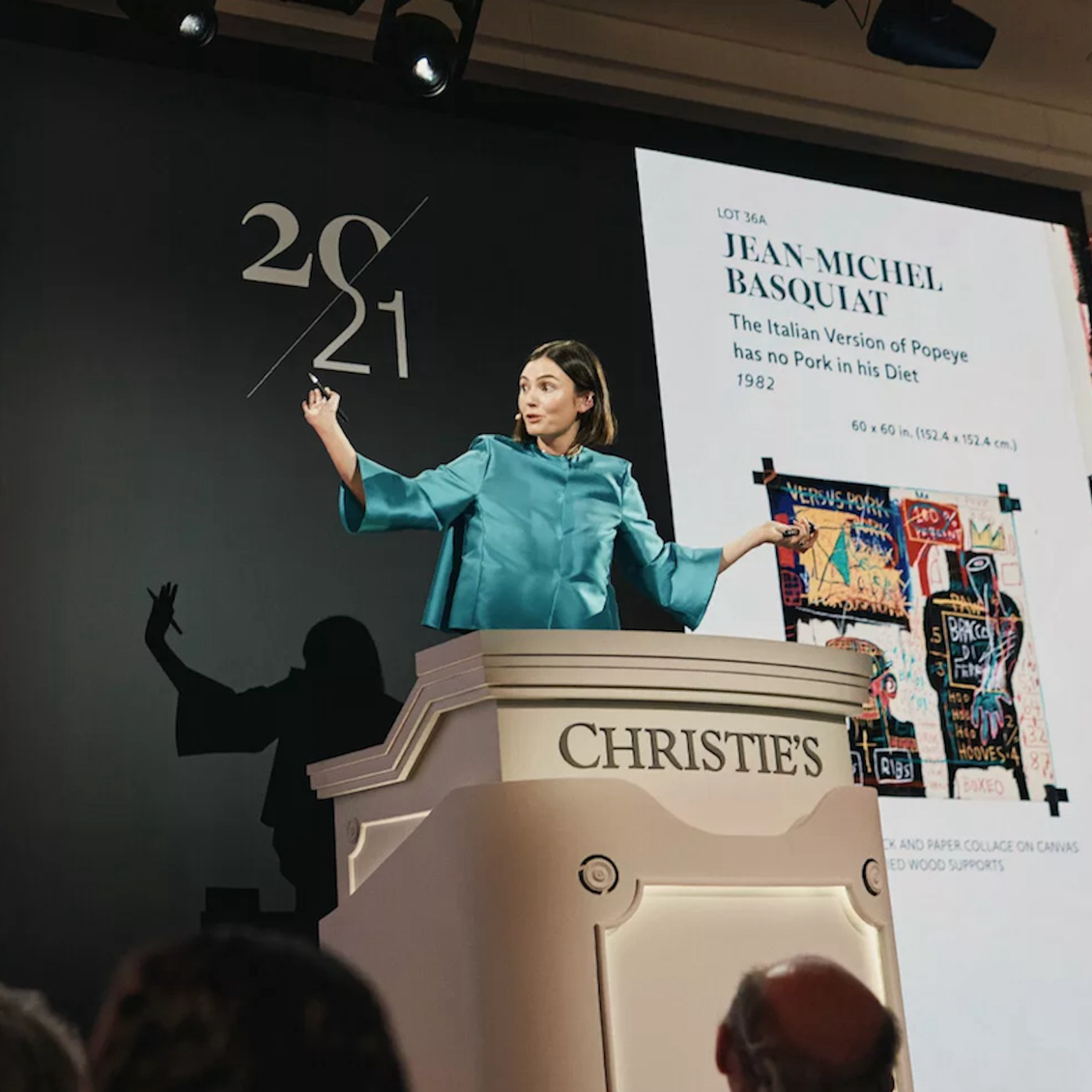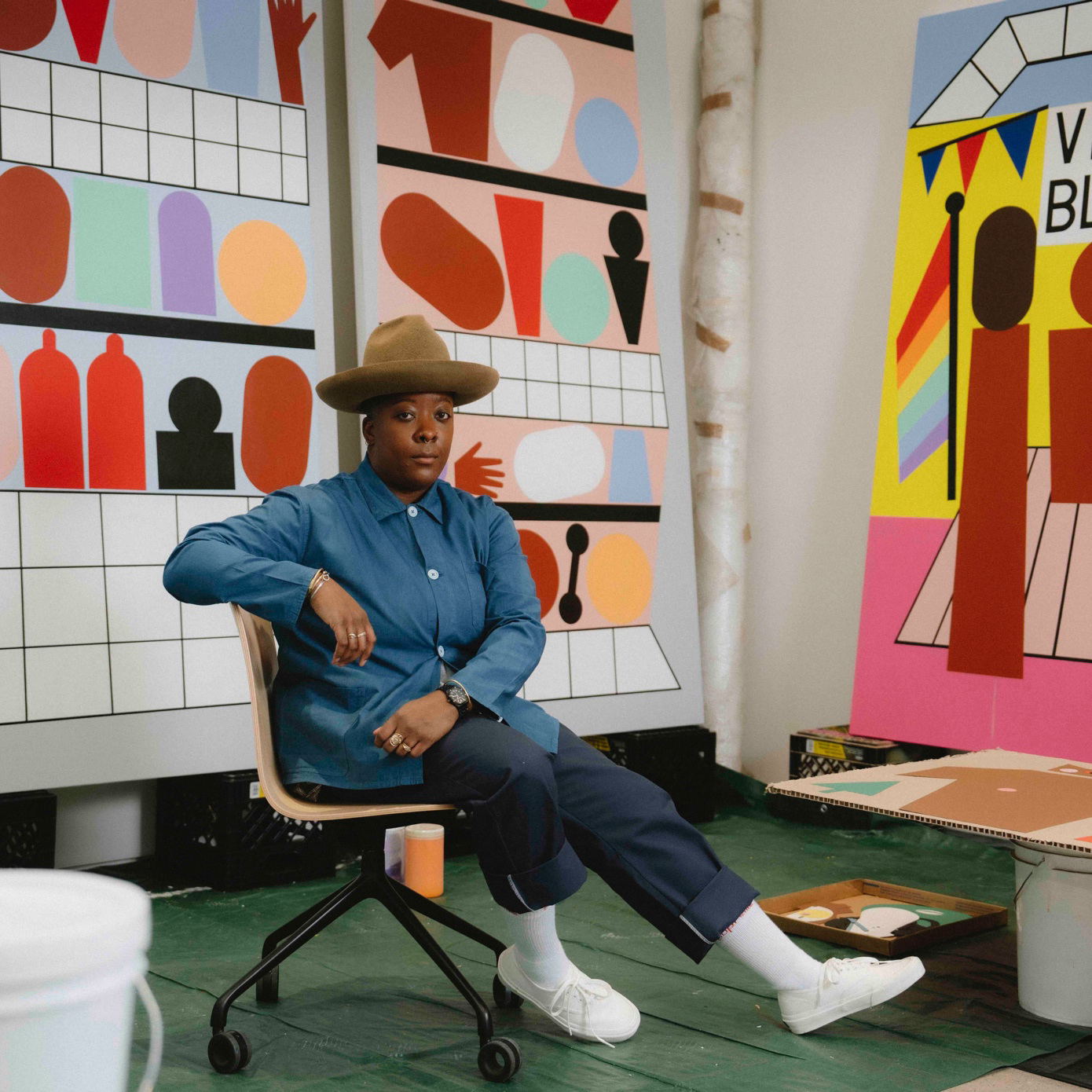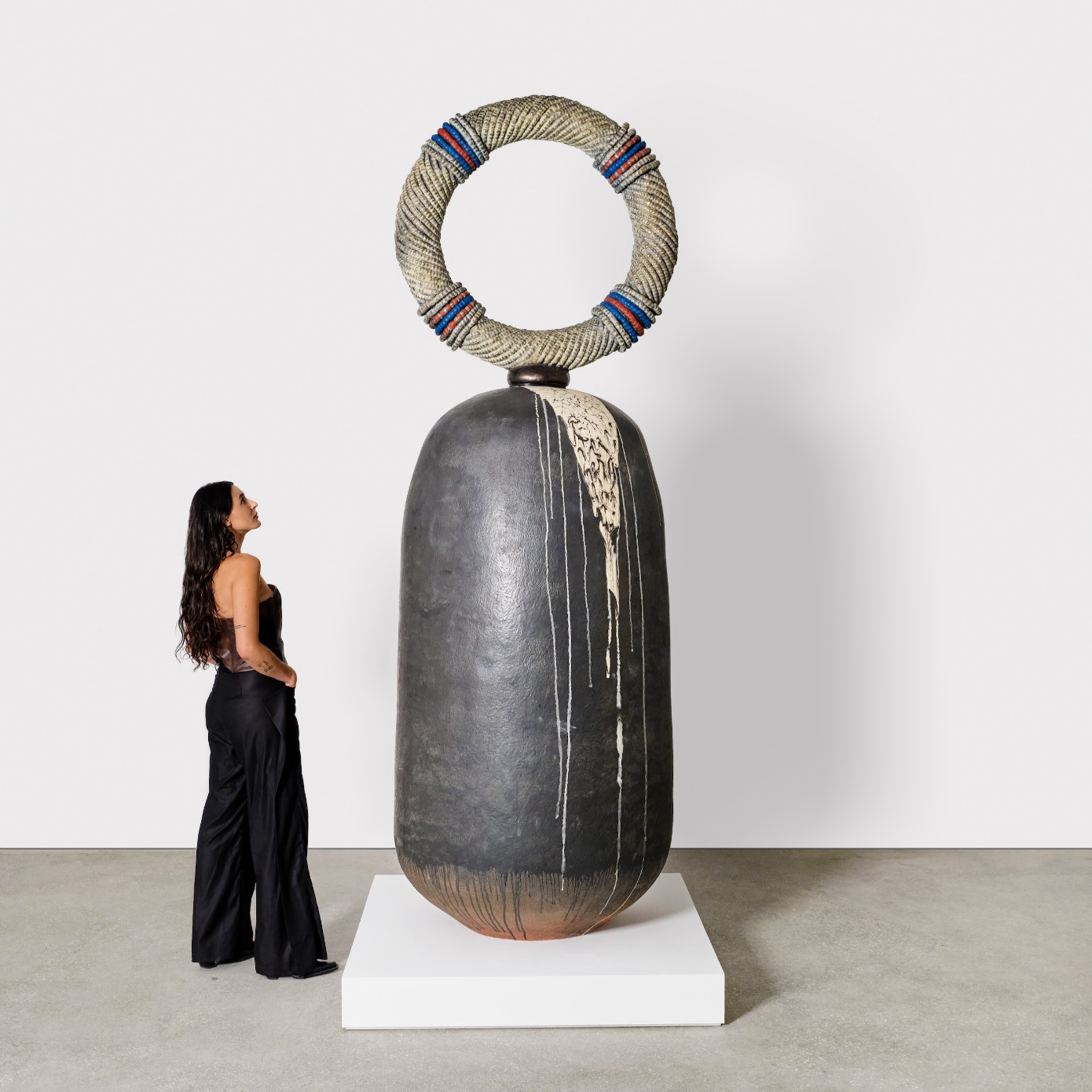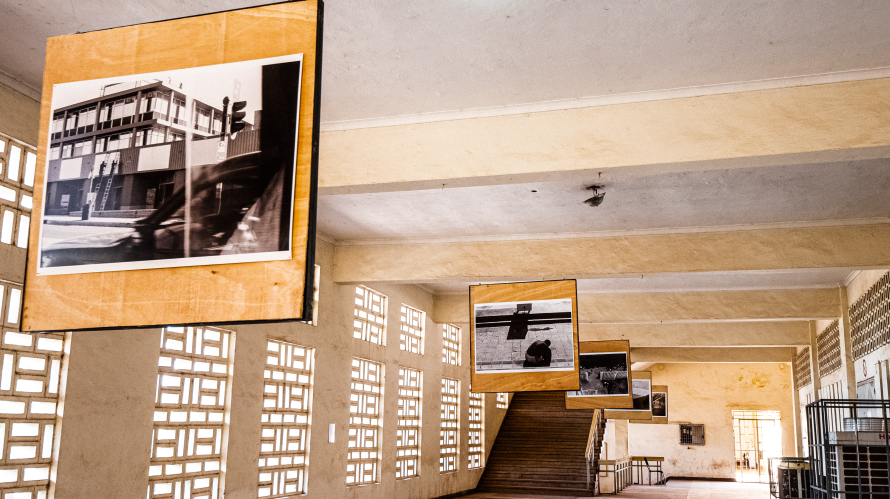
At the heart of the 12th edition of "Bamako Encounters - African Biennale of Photography"— which is dubbed Streams of Consciousness: A Concatenation of Dividuals and on view until January 31st, 2020—is the question, how do we free photography from the photographic? The biennale takes its title from a 1977 improvised Jazz record by Abdullah Ibrahim and Max Roach, and it seeks to reframe photography by African artists and artists of the Diaspora as an expanded and interconnected field beyond the imagistic. The exhibition likens the medium’s process to the ebbs and flows of rivers such as the Niger, Nile, Congo and Mississippi; bodies of water that have long connected people, ideas, places and cultures. This proposition calls for thinking beyond images to release photography from this fixity and finality while engaging with the fact that they exist as part of a larger context and a presentation-specific whole.
The biennale spreads across 15 venues including the Musée National du Mali, Lycée Ba Aminata Diallo (in a former high school dining hall), Galerie Medina, Palais de La Culture Amadou Hampaté Ba and the stunning, ruinous Cinéma El Hilal. It was organized under the direction of Bonaventure Soh Bejeng Ndikung (founder and artistic director of SAVVY Contemporary, Berlin) and co-curators active on the continent, Aziza Harmel, Astrid Sokona Lepoultier and Kwasi Ohene-Ayeh, alongside artistic advisors Akinbode Akinbiyi, Seydou Camara and scenographer Cheick Diallo, who was responsible for creating imaginative displays in response to the varied sites.
With works by 85 artists and collectives, there was much to see. On view were individual exhibitions by Abraham Oghobase (winner of the Okwui Enwezor Prize for his series of performative photographs, Anatomy of Landscape – Jos (2018), in which the artist uses his body to interrogate residues of British colonial tin mining sites in the Northern Nigerian city of Jos), Nidhal Chamekh, Bouchra Khalili, Selasi Awusi Sosu, Badr El Hammami as well as collective responses by the Association des Femmes Photographes du Mali (AFPM), Invisible Borders and Kamoinge.
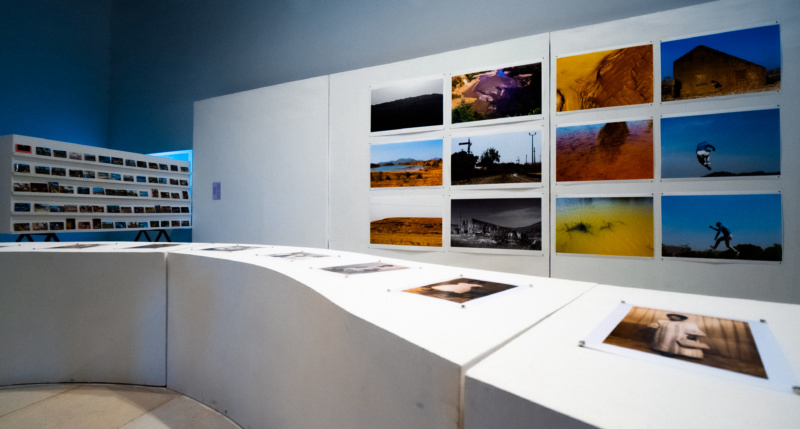
The conflated nature of archives and their malleability for reinterpretation was a subject unpacked by several artists in the biennial. The Otolith Group’s 32-minute video assemblage consisting of still images with captions—The Nucleus of the Great Union, (2017)—created in collaboration with Saidiya Hartman who narrates as a voice-over, quotes from her 2006 book, Lose Your Mother: A Journey Along the Atlantic Slave Route and photographic wallpaper installation (With Other Weapons, 2019)
The collective take to task the subjectivity involved in the historicization of independence rallies across the Gold Coast (present day Ghana). These rallies were spearheaded by Kwame Nkrumah and his eponymous Convention People’s Party on their campaign for independence from British rule in 1953. Their research-based project led to discovering thousands of images taken by the critic, essayist and novelist Richard Wright, of which only a selection of thirty-four were ever published as part of his 1954 book, Black Power: A Record of Reactions in a Land of Pathos, which received critical acclaim for its contribution to scholarship on Ghanaian postcolonial history. The Otolith Group, with this physical and filmic assemblage, re-examines visual representation of Ghana at a time when it was embracing a liberal new future. Conversely, Nidal Chamek’s installation of a hanging textile and slide projection, Nos visages E and Le Miroir (both 2019), gives visibility to the many nameless Senegalese, Malian, Tunisian, Algerian and Moroccan soldiers who fought for French liberation in the First World War. Chamek drawings of soldier’s were based on images from the French magazine Le Miroir, highlighting those that remained on the sidelines of the official narratives of this war.
Other artists mined the concept of identity, challenging it by emphasizing its fluid, shifting nature. A stand-out installation by Eric Gyamfi, titled Fixing Shadows; Julius and I (2018), sees the artist superimpose his self-portrait with that of the prolific New York composer-performer Julius Eastman, a gay, black prodigy who was largely unknown in his lifetime.
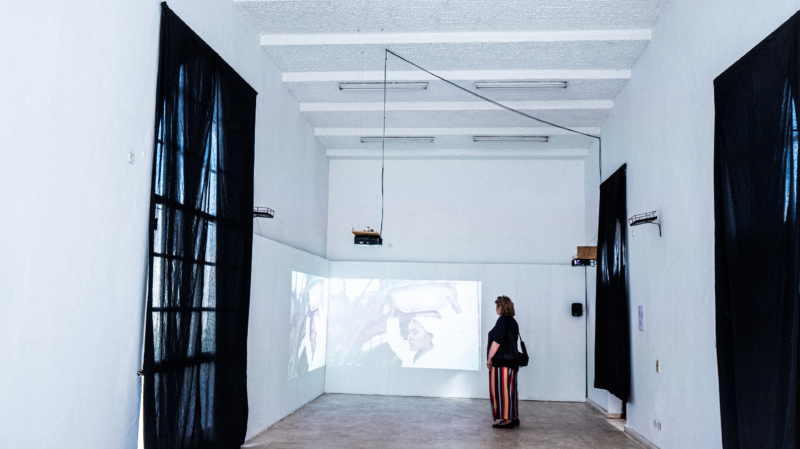
Black-female subjectivities was another prominent thread in the programming. Rahima Gambo’s ongoing project A Walk (2018–in progress) explores walking as a practice for piecing back together fragments of contemporary lives, be they personal or political. Amsatou Diallo's Scènes de Vie (2017) is a series of digital collages of African iconography and daily life, merged with landscapes of such locales as the conservative American city of Wilson, North Carolina. The work addresses the challenges faced by diaspora populations who occupy adopted homes far from their native ones. Buhlebezwe Siwan—who won the festival’s Bisi Silva Prize for her three-channel installation AmaHubo, (2018)—interrogates the demise of indigenous religious and spiritual beliefs due to Euro-Christian colonialization in South Africa. Using black women's bodies as active sites to counter colonial violence, Siwan’s 13-minute video takes the viewer on a mesmerizing journey from wine farms to churches and urban areas. In the video, voices in both the South African language isiZulu and English retell stories of past violence on the land as they reintroduce shared rites and rituals that have been demonized by Christianity.
Now in its 25th year, Bamako Encounters has become one of the premier platforms to critically consider developments in photography by artists living and working on the African continent and its diaspora. This 12th edition, with its call to consider photography as an expanding form, and its insistence on shifting from individuality to a self-conscious collectivity, presents the medium as a continuation of visual order across continents, and as a tool for radical ways of seeing and being in today's world.

